S2S Radiation Model, Radiative Space Heater CFD Simulation
$120.00 Student Discount
- The problem numerically simulates the Radiative space Heater using ANSYS Fluent software.
- We design the 3-D model with the Design Modeler software.
- We mesh the model with ANSYS Meshing software, and the element number equals 703545.
- We use the Surface to Surface Radiation Model (S2S) to define radiation heat transfer.
To Order Your Project or benefit from a CFD consultation, contact our experts via email ([email protected]), online support tab, or WhatsApp at +44 7443 197273.
There are some Free Products to check our service quality.
If you want the training video in another language instead of English, ask it via [email protected] after you buy the product.
Description
Radiative Space Heater, Radiation, S2S, CFD Simulation, ANSYS Fluent, Training
Description
In this project, we perform the numerical simulation of the radiation inside a radiative space heater using ANSYS Fluent software.
The current model is related to the heat transfer inside the interior space of a heater. In fact, in this project, we intend to radiation heat transfer in an enclosure without the intervention of any material medium. The radiative space heater is a good example of an enclosure without participating medium.
The aim of this project is to investigate the heat transfer between different surfaces inside the radiative heater enclosure without the participating medium. Inside this heater, reflector plates are placed to help radiation heat transfer between surfaces.
We designed the geometry of the model in 3D using Design Modeler software. The computational domain of the model is related to the interior space of a radiative space heater. This heater consists of several heating cylinders, and behind each of them, parabolic plates are used as heat reflectors.
Then we meshed the model using ANYS Meshing software. The meshing is unstructured, and 703545 cells are generated.
S2S Methodology
For this simulation, we used the radiation model to define radiation heat transfer. Radiation heat transfer is one of the methods of heat transfer (such as conduction and convection). All materials at a certain temperature release heat from themselves to the environment, which is called radiation heat transfer. Radiation heat transfer is used in cases such as flame where there is a significant temperature in the environment.
There are different methods for the radiation model in ANSYS Fluent software. In this project, we use the Surface to Surface (S2S) model. The surface-to-surface (S2S) radiation model can be used to account for the radiation exchange in an enclosure of gray-diffuse surfaces.
In this method, the energy exchange between two surfaces depends in part on their size, separation distance, and orientation. These parameters are accounted for by a geometric function called a “view factor“.
The main assumption of the S2S model is that any absorption, emission, or scattering of radiation can be ignored; therefore, only “surface-to-surface” radiation needs to be considered for analysis.
S2S Conclusion
After conclusion, we have obtained the contours related to the temperature and the temperature gradient inside the space radiant heater. these contours correctly show the heat transfer inside the radiative heater.
Thermal energy is emitted from heat sources inside the radiant heater. This thermal energy hits the parabolic reflector plates and then the thermal reflection process takes place. This action causes the heat energy to be released to the outside in a greater amount.
This CFD Project is the 5th episode of the Radiation Model Training Course.
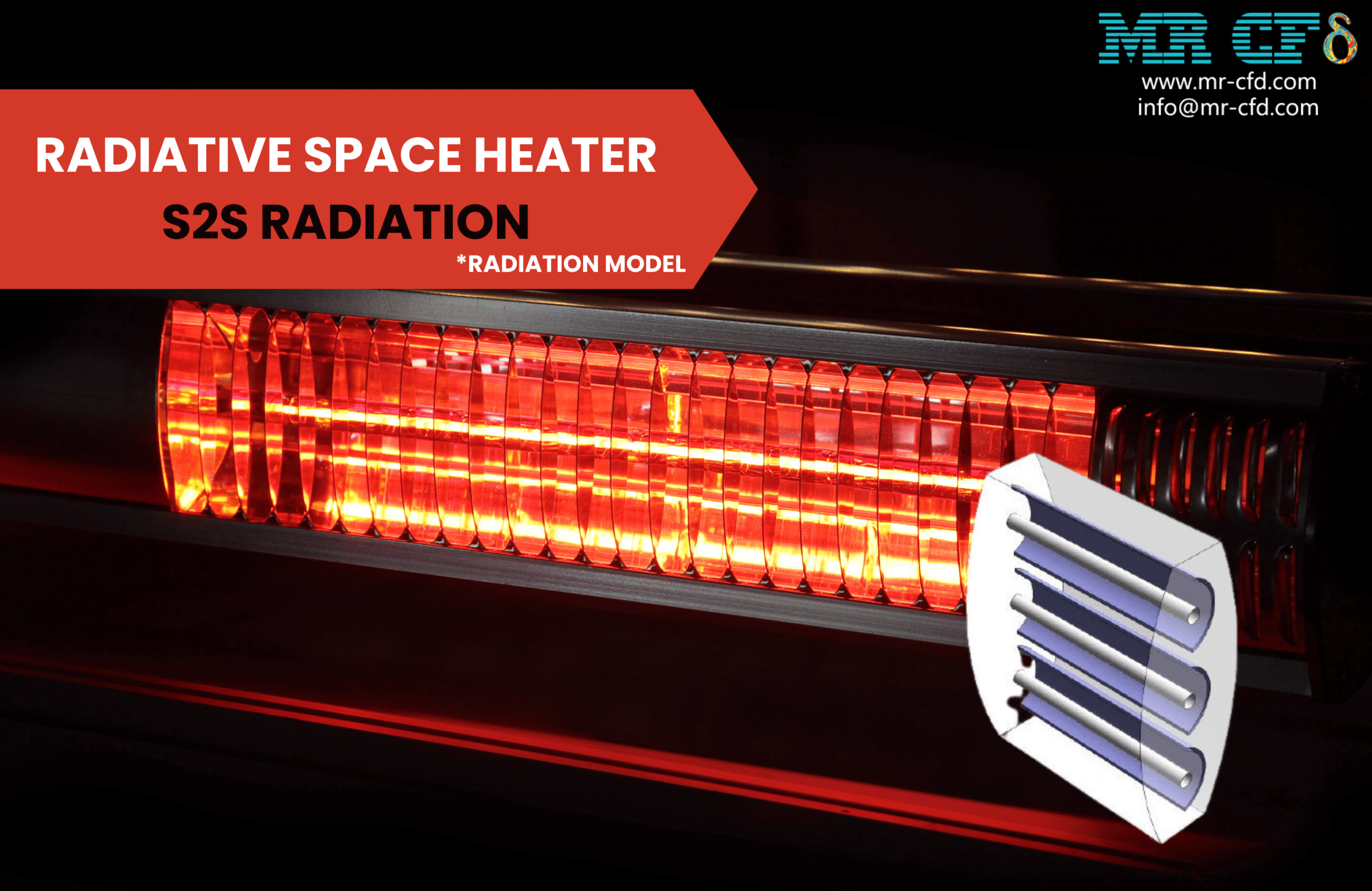
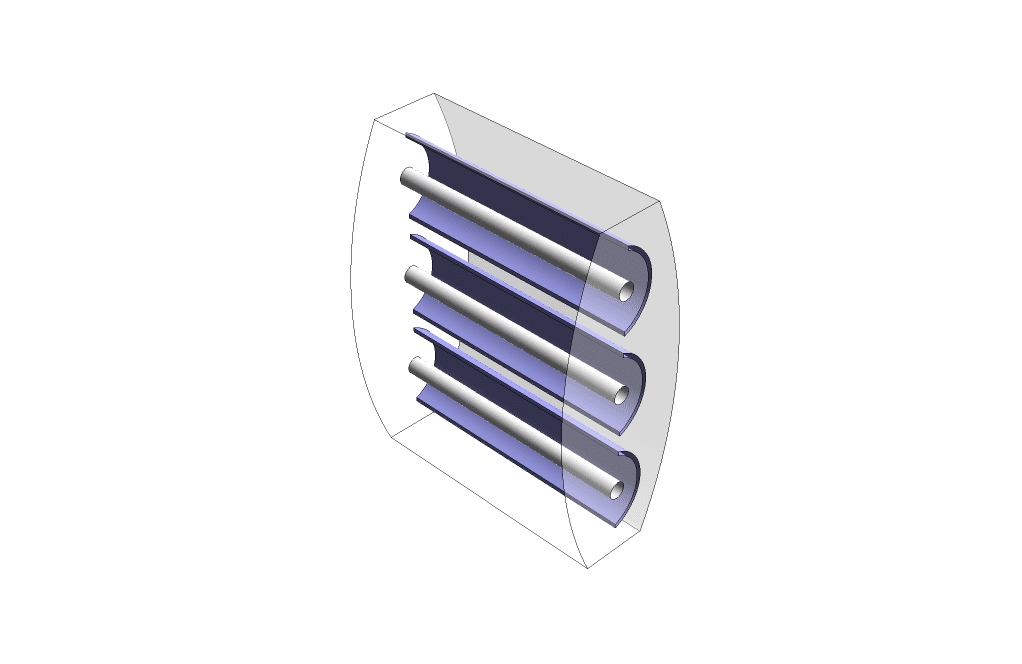
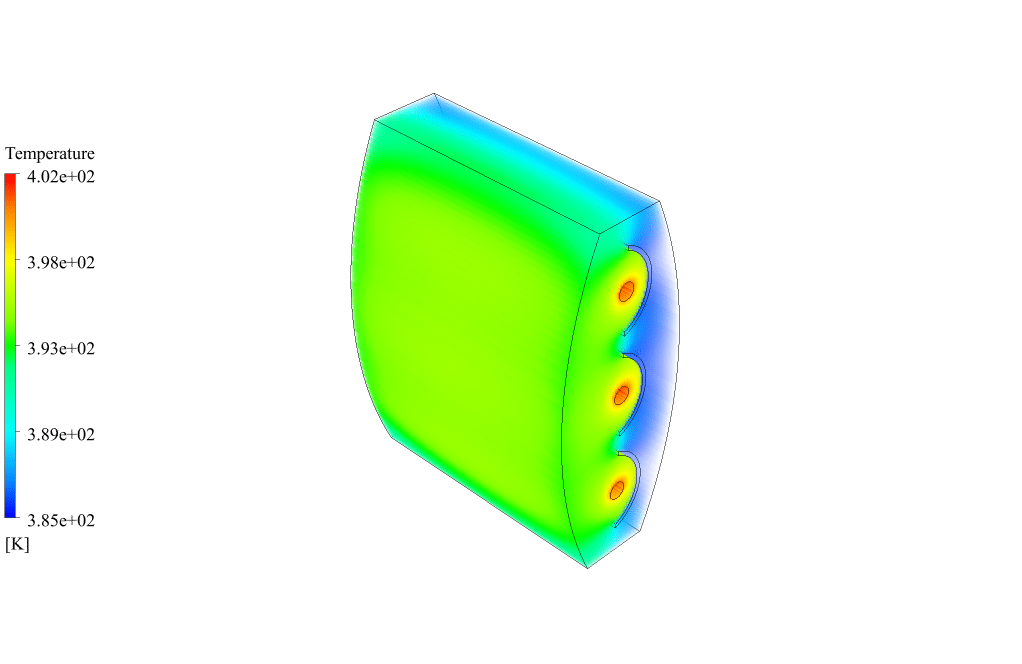
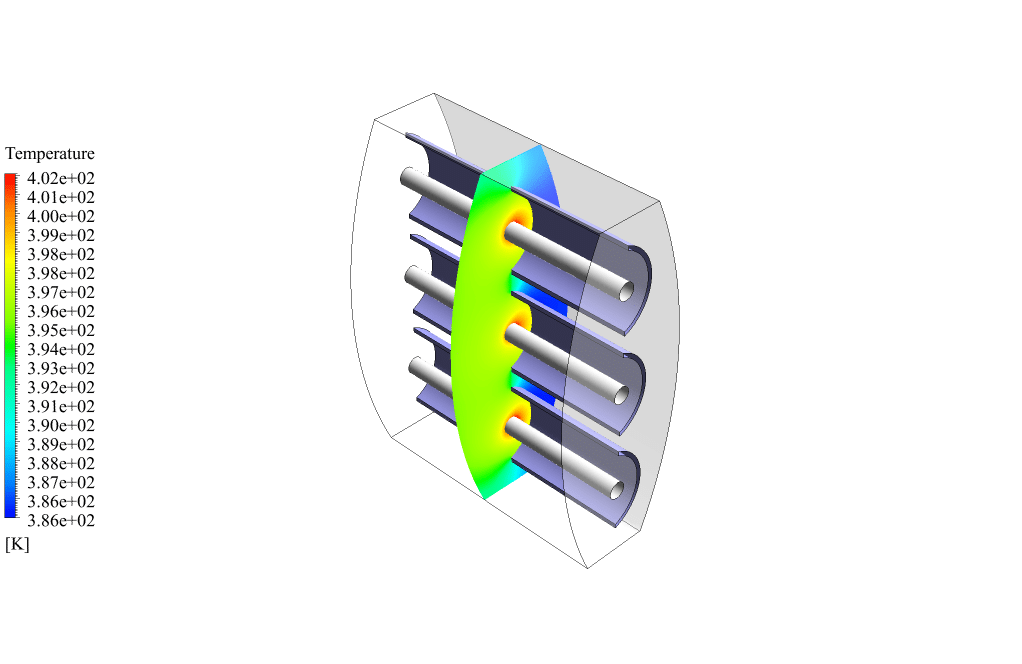
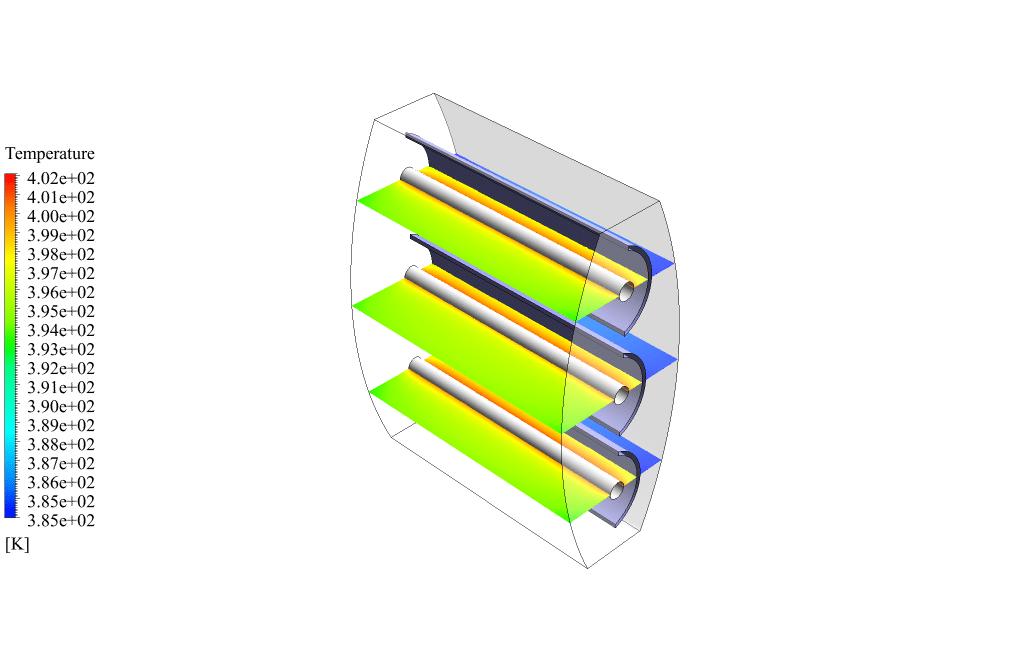
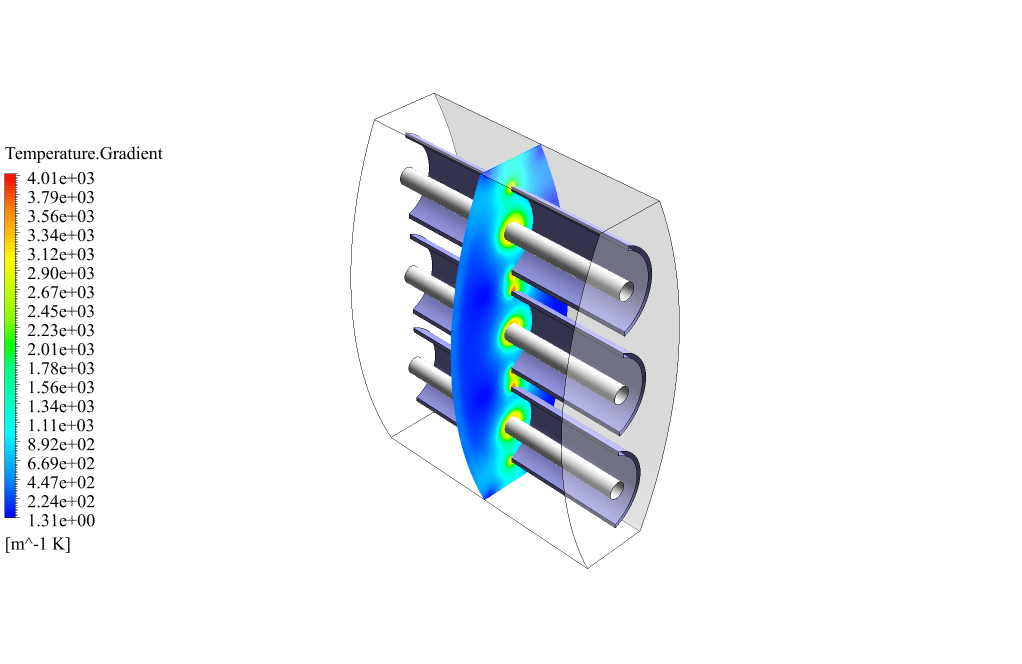
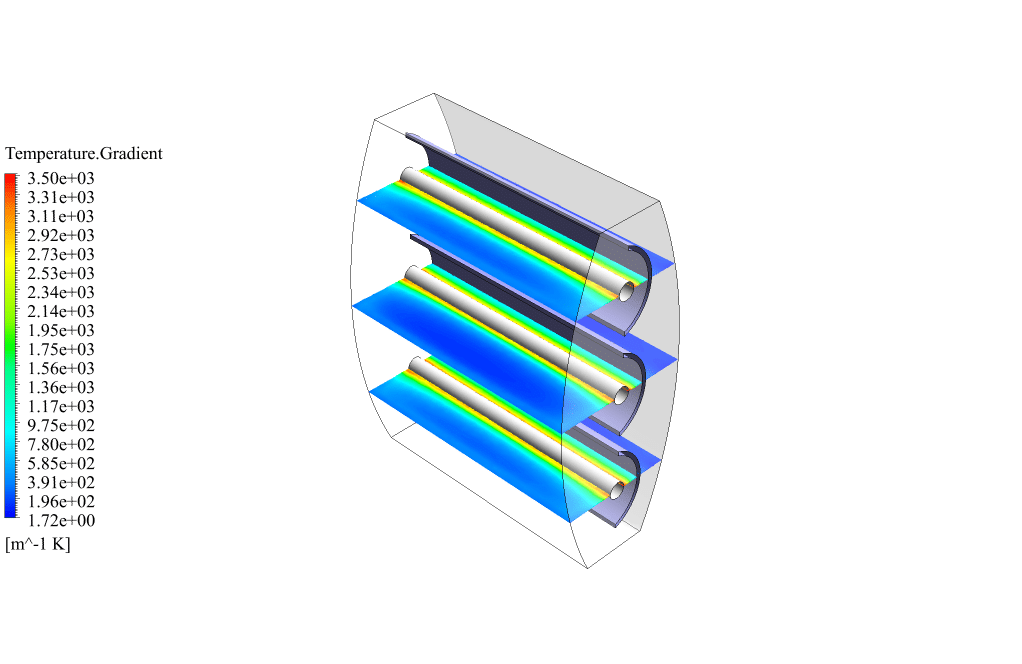
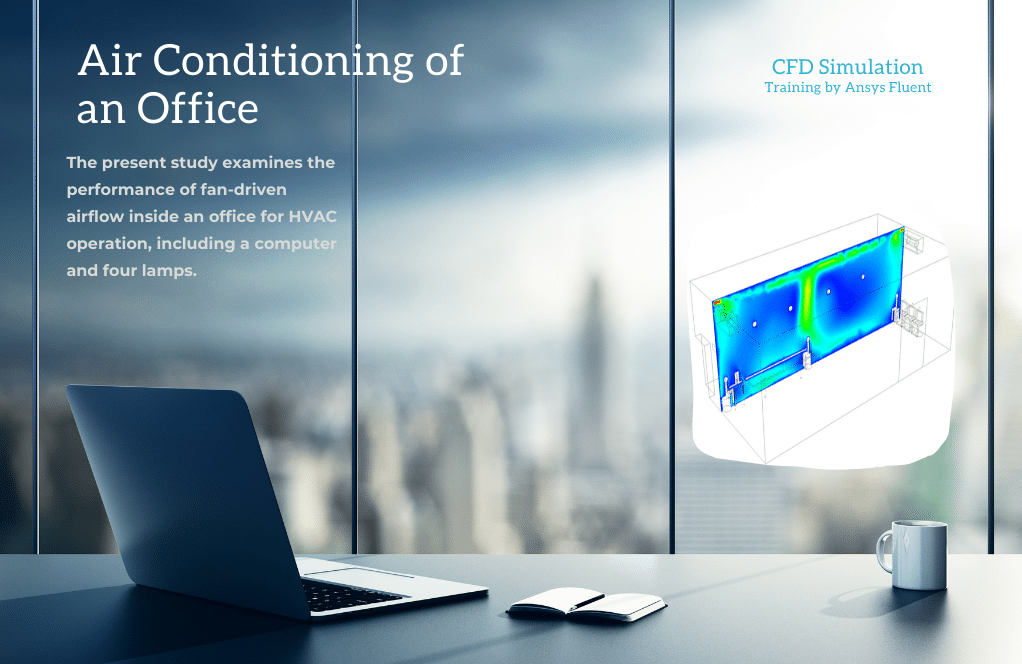
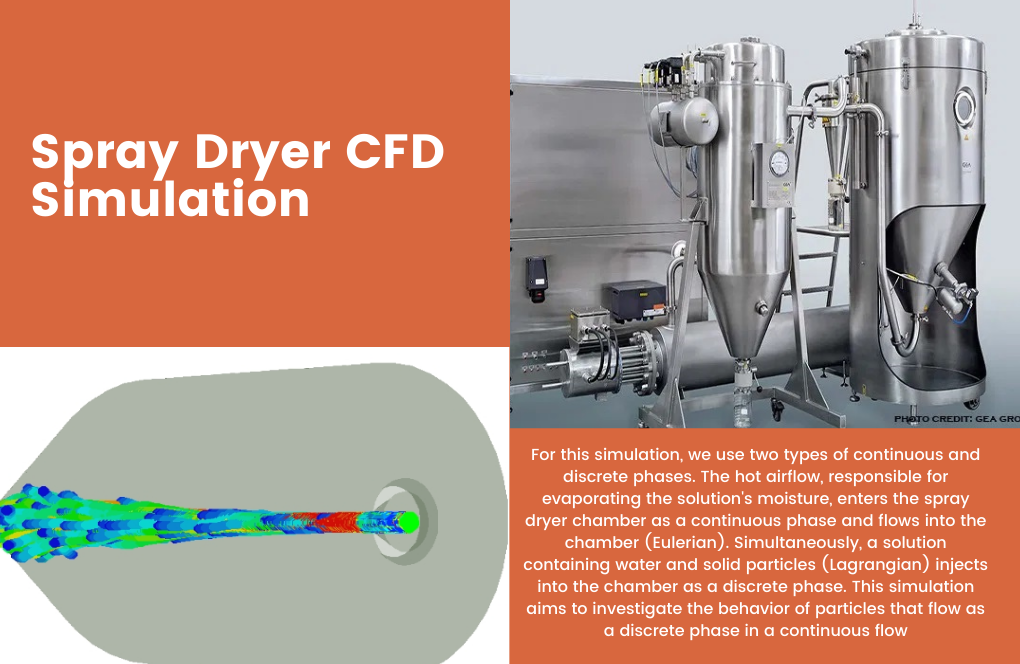

Reviews
There are no reviews yet.